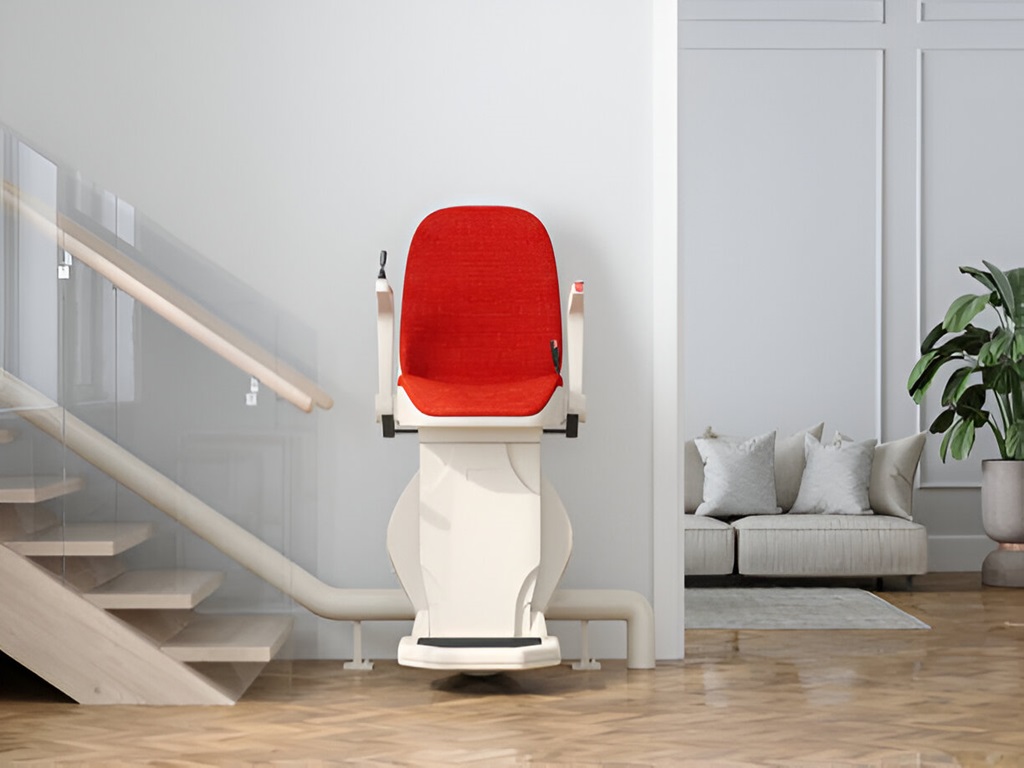
Selecting the Right Electric Folding Wheelchair
With the growing number of options available, each offering a range of features and benefits, it is essential to understand what to look for in an electric folding wheelchair to make an informed choice. This comprehensive guide explores key considerations in selecting an electric folding wheelchair, including the different types and features available, comfort and ergonomics, battery life and range, weight and portability, and pricing and support options.
Understanding Different Types and Features
Electric folding wheelchairs come in several configurations, each designed to meet different mobility needs and preferences. The primary types include front-wheel drive, rear-wheel drive, and mid-wheel drive. Each type has its unique characteristics and is suited for specific purposes.
Front-wheel drive wheelchairs are designed for enhanced maneuverability, making them ideal for indoor use and tight spaces. These wheelchairs have wheels located at the front, which allows for precise navigation and turns. They are particularly useful for users who primarily operate their wheelchair in confined areas, such as inside their home.
Rear-wheel drive wheelchairs are known for their stability and are well-suited for outdoor use. With wheels positioned at the rear, these wheelchairs offer better traction and balance on uneven terrain. They are a good choice for users who frequently travel outdoors or need a wheelchair that can handle various surfaces.
Evaluating Comfort and Ergonomics
Comfort and ergonomics are crucial factors in selecting an electric folding wheelchair, as they affect the user’s daily experience and long-term well-being. A well-designed wheelchair should provide ample support and minimize discomfort, particularly for users who spend extended periods in the chair.
Assess the quality of the seating, including the cushion material and backrest design. High-quality, well-padded cushions contribute to a more comfortable sitting experience and help alleviate pressure points. Consider wheelchairs with contoured seating and lumbar support, which can enhance comfort and promote better posture.
Assessing Battery Life and Range
Battery life and range are vital considerations for electric folding wheelchairs, as they determine how far the wheelchair can travel on a single charge and how often it needs to be recharged. The battery capacity and range can affect the user’s daily activities and overall mobility.
Evaluate the wheelchair’s battery specifications, including the type of battery used and its capacity. Lithium-ion batteries are commonly used in modern electric wheelchairs due to their long life and fast charging capabilities. Check the estimated range provided by the manufacturer, which indicates how far the wheelchair can travel before needing a recharge.
Considering Weight and Portability
Weight and portability are important factors, particularly for users who need to transport their electric folding wheelchair frequently or store it in compact spaces. A lightweight and easily portable wheelchair enhances convenience and accessibility.
Evaluate the wheelchair’s weight and dimensions when folded. A lightweight design allows for easier handling and transportation, whether in a vehicle or when storing the wheelchair in small spaces. Look for wheelchairs with compact folding mechanisms that simplify the process of folding and unfolding.
Comparing Pricing and Support Options
Pricing is a significant consideration when selecting an electric folding wheelchair, and it is essential to find a balance between cost and the features offered. Electric wheelchairs vary widely in price based on factors such as brand, features, and specifications.
Establish a budget and compare different models to find one that offers the best value for the features and quality provided. Consider the total cost of ownership, including any additional fees, such as delivery charges or optional accessories.




